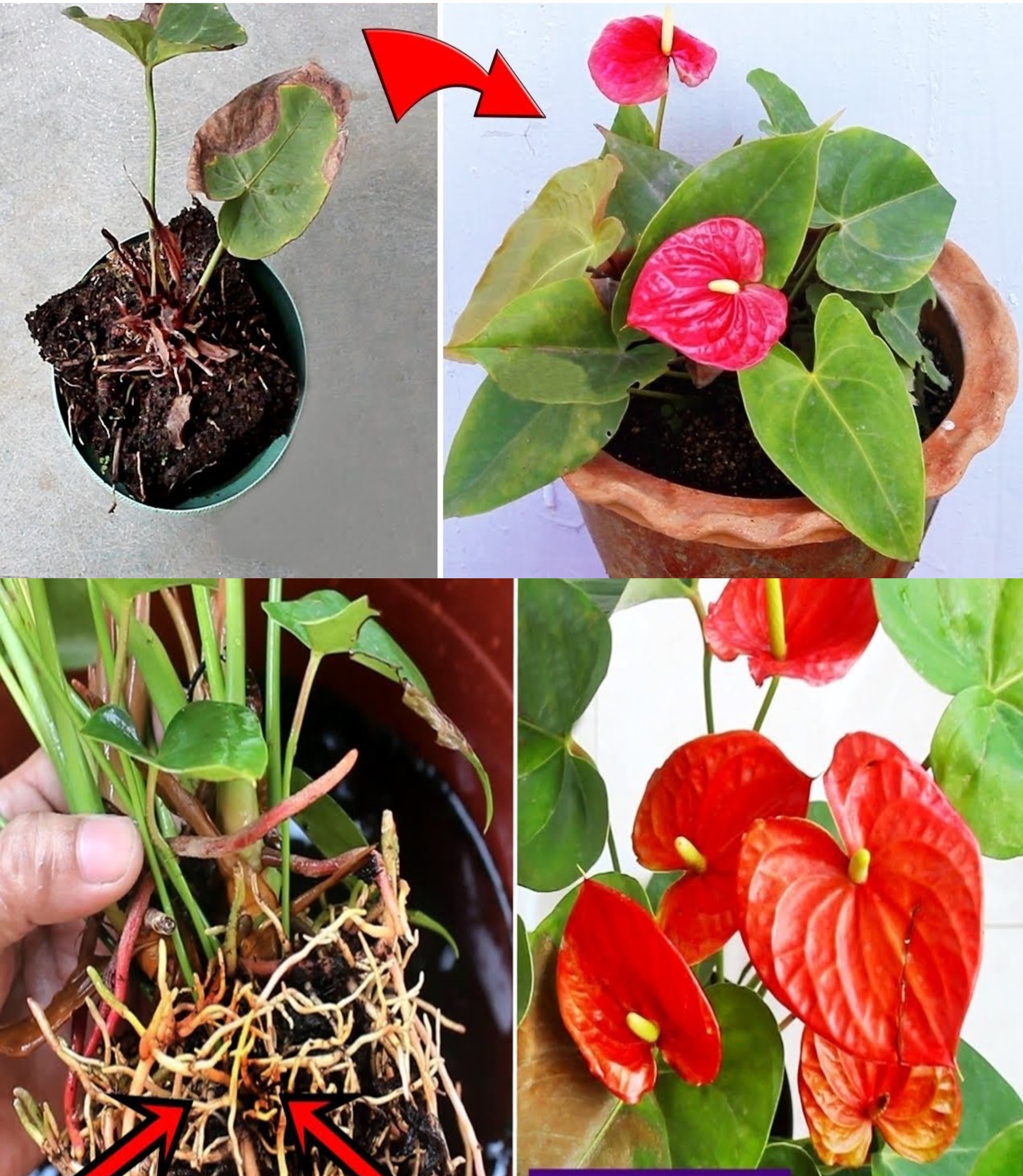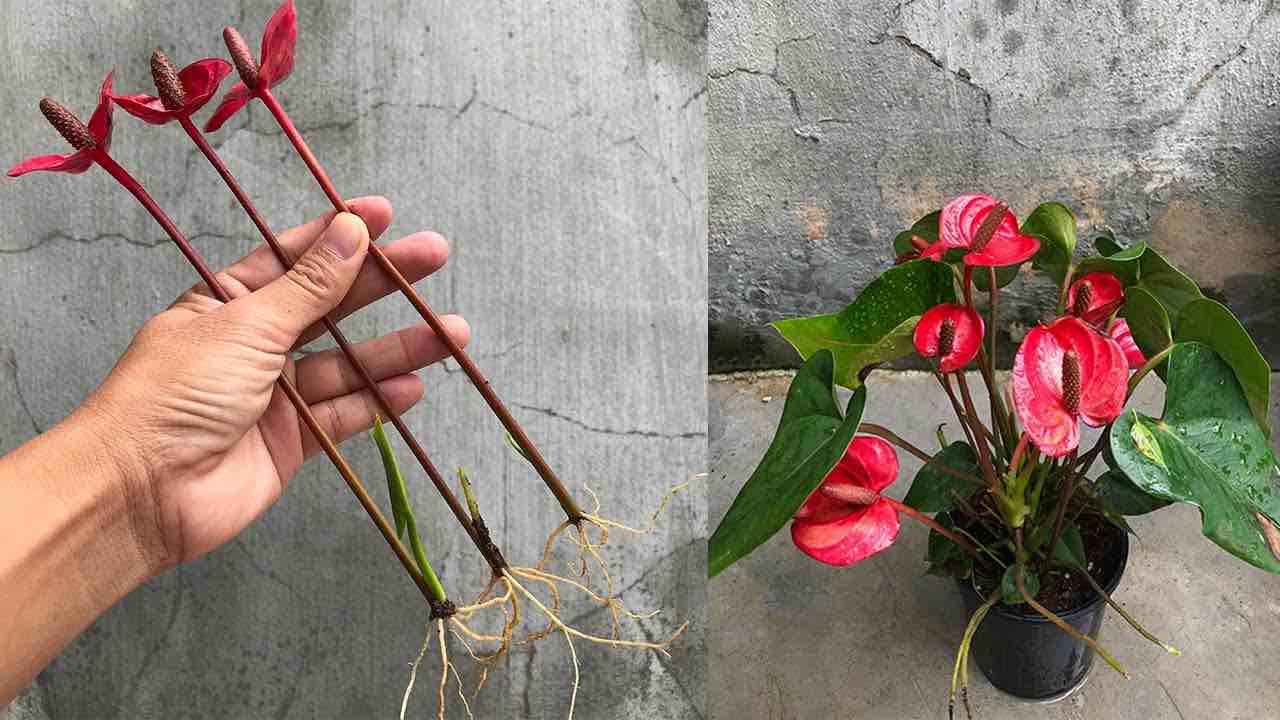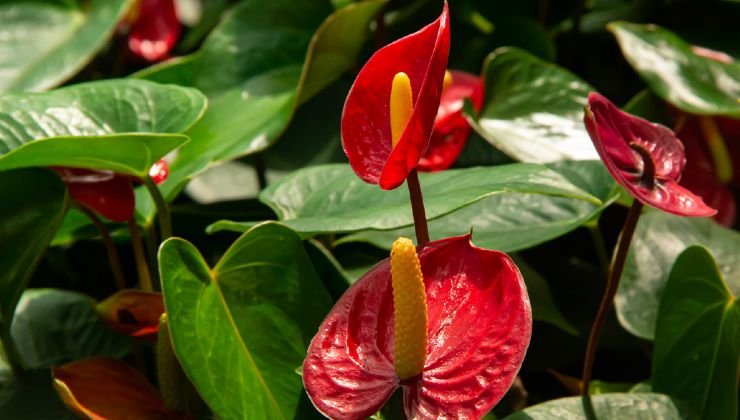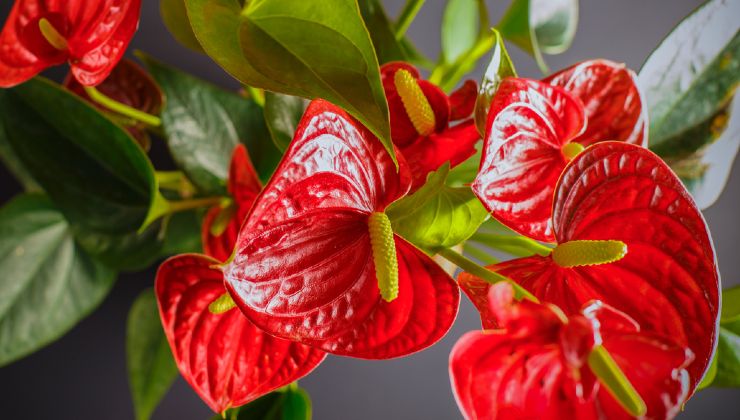
Unlocking the Infinite Growth of Anthurium: Expert Tips for Successful Multiplication

Anthurium, with its captivating beauty, often becomes a plant worth preserving and propagating. While the prospect of multiplying this prized species may seem daunting, expert advice sheds light on a method that, once mastered, transforms the process into a straightforward endeavor. Let’s delve into the nurserymen’s guidance on multiplying Anthurium infinitely.
Anthurium Multiplication: Insights and Techniques
The conventional methods of Anthurium reproduction involve pollination, division of tufts, and the generation of cuttings. However, the true secret lies in learning from experienced nurserymen and meticulously following their step-by-step instructions to achieve the desired goal of an endless Anthurium collection.

The pivotal step in this process is to cut the stem into segments, ensuring that each part can sprout new shoots from the nodes. The key lies in understanding that these smaller portions must not only grow but also branch vertically – this is the essence of the nurseryman’s secret.
Ideal Conditions for Anthurium Multiplication
Undoubtedly, the most opportune time for this operation is during the active growth phase in spring/summer when favorable weather conditions promote the rapid creation of new tufts. While experts recommend this period, the process is not restricted solely to these months. However, the choice of timing becomes a matter of expediency, as growth tends to slow significantly during the cold season.
Step-by-Step Guide to Anthurium Multiplication
- Employ a sterilized cutter to divide lateral shoots, ensuring all roots remain intact.
- Choose damp soil for the operation, preferably watering the plant half an hour before commencing.
- Following the division, repot the parent plant into a larger container with fresh soil.
- Transplant the new plants into smaller pots, using soil similar to the previous one for the adaptation phase.
- Water the plants, allowing excess water to drain.

Anthurium Adaptation Phase: The Delicate Finale
During the critical adaptation phase lasting 10 days, the newly propagated tufts must be kept in semi-darkness. This precaution safeguards against dehydration, preventing instant demise. The choice of undertaking this crucial phase during warmer temperatures ensures the convenience and well-being of the nascent seedlings.
In conclusion, the nurseryman’s secret unfolds as a meticulous journey, with each step contributing to the realization of an Anthurium collection that defies limitations. Adhering diligently to these expert insights, especially during the sensitive adaptation period of 10 days in partial darkness, guarantees success in cultivating an Anthurium ensemble that flourishes endlessly over time.